We were lucky to catch up with Christina Chady recently and have shared our conversation below.
Hi Christina, thanks for joining us today. Can you talk to us about a project that’s meant a lot to you?
One of the most fulfilling things for me is bringing together voices through projects like literary magazines and anthologies. Each one is unique in its own way and purpose. A couple stand out in particular because they have been the most all-encompassing.
My experimental bite-sized literary magazine Tiny Spoon, which I founded in 2019 with Stephanie Michele, is by far one of the things that I am most proud of and constantly surprises and impresses me. We initially founded it as two grad students at the Jack Kerouac School who wanted to start a quirky little lit mag. We printed our first issue using our school’s library printer after hours and hand bound them with a three whole punch stitch at one of our apartments. Many hours later, with sore fingers from pushing a needle and thread through holes that were never quite big enough, we had Issue 1 ready to mail. We’ve always approached Tiny Spoon with curiosity, play, and plenty of enthusiasm, which has helped us to organically grow our community and reach people who share a similar ethos. We’re constantly trying new ideas or enhancing what we do – such as opening our Tiny Residency and workshops or switching to perfect bound printing. Our new pursuits are always and extension of what we want to see reflected in our own creative communities. A large part of our ethos is keeping things supportive, generative, and accessible. So much within the publishing world nowadays feels gatekeepy or exclusive. I find this a bit exhausting and at odds with what brought me to writing and art in the first place. I love creating, and I even more so love creating with people. It’s when I find myself the happiest and most at ease. I love to learn about other people’s processes and inspirations to support one another. This spirit of sincerity flows through Tiny Spoon and all I do. It resonates, and I also think is openness helps to foster even more creation and growth. It’s a perpetual cycle that keeps providing.
A second project which has finally culminated for me is my anthology Embodied Unconscious: the feminine space of sexuality, surrealism, and experimentation in literature, which was published with Spuyten Duyvil. I first conceived of it as I finished my MFA Creative Writing and Poetics. We were initially assigned as a part of the Summer Writing Program to transcribe a lecture from their extensive archive dating back to 1974 (shout out this year to their 50th anniversary!). As I combed through the audio recordings and let the voices of the past wash over me, I found it difficult to choose just one to transcribe. There was so much richness in the generative lectures and hearing these voices of twenty – thirty – forty – years in the past reverberating in the room and still so relevant; I knew I wanted it to be more. I aligned fourteen lectures around a similar theme exploring select women writers’ contributions to poetry and how they expanded our use of language. As the archive is a myriad of voices, I wanted the anthology to mirror this as well so that it could be a living discourse through the years. I invited my other cohort members to assist with transcribing the lectures and writing our own interludes to serve as a contemporary reflection and introduction to the lectures. Each has their own style, some more poetic and experimental, others more scholarly or informative. We started this at the beginning of the pandemic as well, so in a time where everyone was forced to either virtual interaction or isolation, we found a way to continue to connect with one another. My hope for the project is that is can serve as a companion piece for curious writers who hope to expand their practice and learn of new women poets. It could certainly be a piece for individuals, but I also designed it to be 14 chapters which could easily compliment a course syllabus.
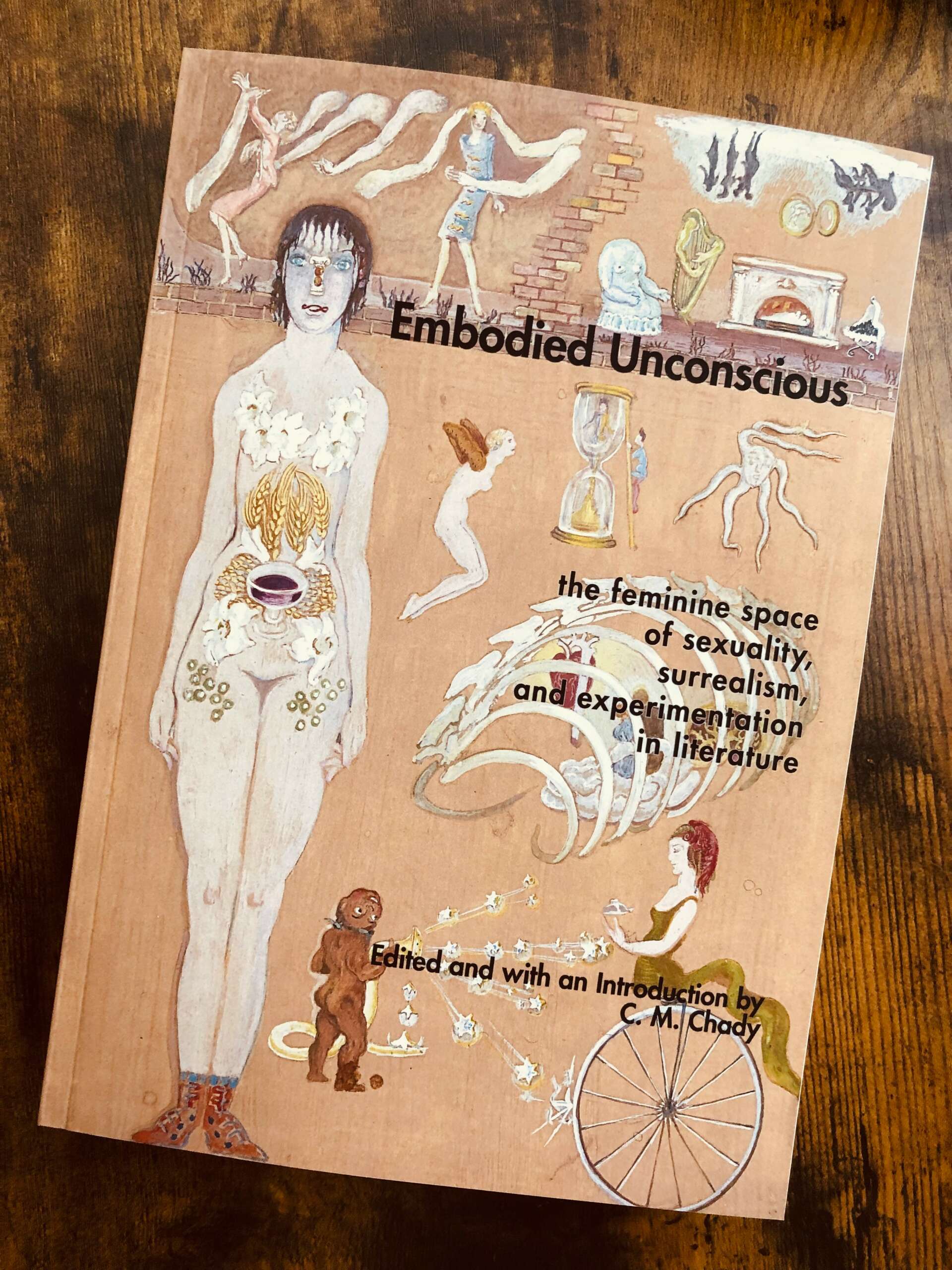
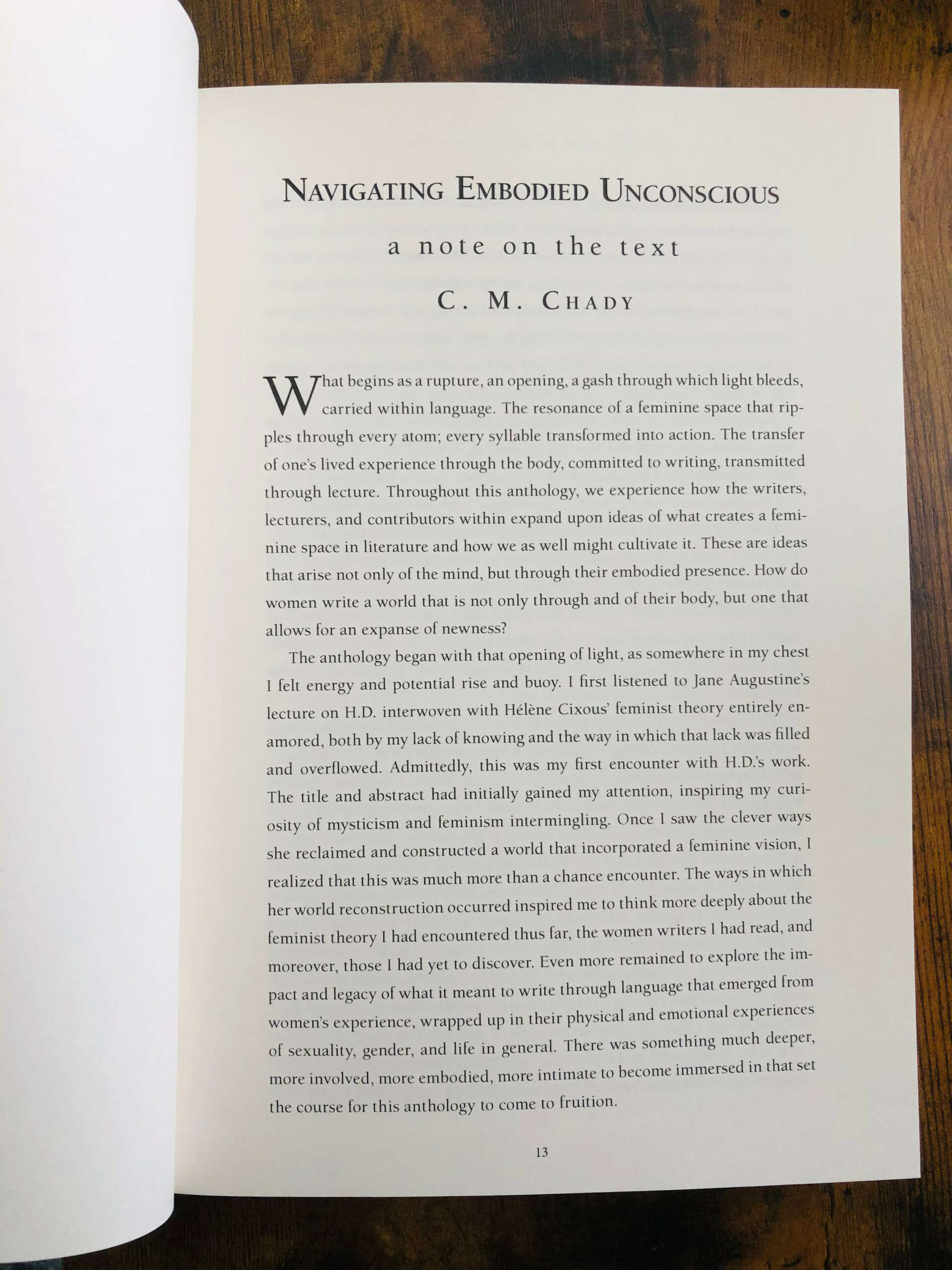
Christina, before we move on to more of these sorts of questions, can you take some time to bring our readers up to speed on you and what you do?
Writing and its ability to connect people has always inspired me. When I was young, I was an avid reader and admired writers above all else. When I now think of my writing, I think of it as a vocation, a calling. I have a separate day job that provides for me, but writing is something that feels like a core part of who I am and how I interact with the world.
I’ve been a part of literary magazines since I was in high school, so naturally after I graduated from undergrad sought new avenues outside an academic setting. I started working as an intern at River Styx, St. Louis’ longest running literary magazine, and within a year become their managing editor. Being in that role felt really natural to me. I loved collaborating with the interns and generating new ideas for a magazine. When I first entered the role, I was in a unique position because we were between Editors-in-Chief, so I had a lot of autonomy to shape the magazine. Sitting in the office beneath posters of previous issues and planning the latest issue are some of my fondest memories.
At that time, I was also applying to MFA programs and ultimately chose to attend the Jack Kerouac School because it mirrored so many of my own ethos around writing. I appreciated that they welcomed work across genres and focused more on developing a personal poetic practice. This space was transformative for me. I experimented with my style across forms. It also provided me with a supportive, inspiring community to be a part of. Embodied Unconscious, the anthology, is one way I connected with this community. I also have a couple prominent writing projects I’m working on now, including a pottery-poetry living ekphrastic collaboration and a magical-realism, skeptical fiction novel. Although my work encompasses different genres, I find myself toying with similar ideas around lineage, memory, spirituality, and (dis)connection to nature.
During my first year at JKS is when I founded Tiny Spoon, which has been a luminous constant in my life ever since. It’s an exciting extension of my own creativity, as we’ll often choose themes that are resonating for us as editors or start new endeavors like writing workshops. It’s fascinating to see how other people interpret certain ideas and gives a vast landscape to our collective consciousness. It’s also provided a platform for us to shape artistic spaces that we want to see available, such as founding our residency and events.
I also edit a variety of projects with Wisdom Body Collective, an artist collective that publishes work based on the sacred feminine. A couple years ago we did More Revolutionary Letters: a Tribute to Diane di Prima as a memorial to her legacy. We had an open call to submit more revolutionary letters to show the impact of her work and its living breath. Now we’re working on 50 Poets, 50 Years, due to be out this summer for the Jack Kerouac School Summer Writing Program’s 50th anniversary. It features prominent women, femme-presenting, and non-binary poets who have shaped the poetic lineage.
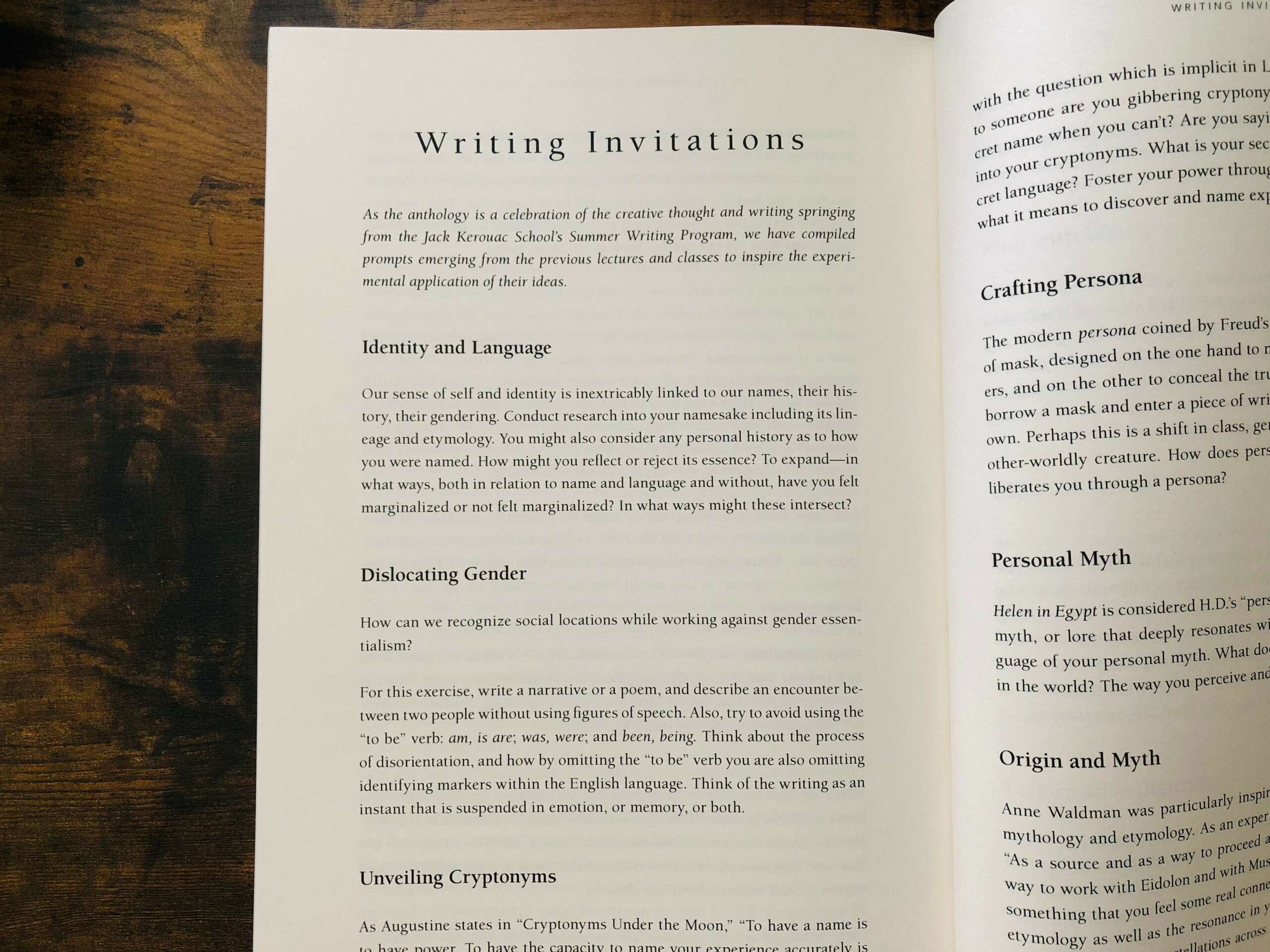
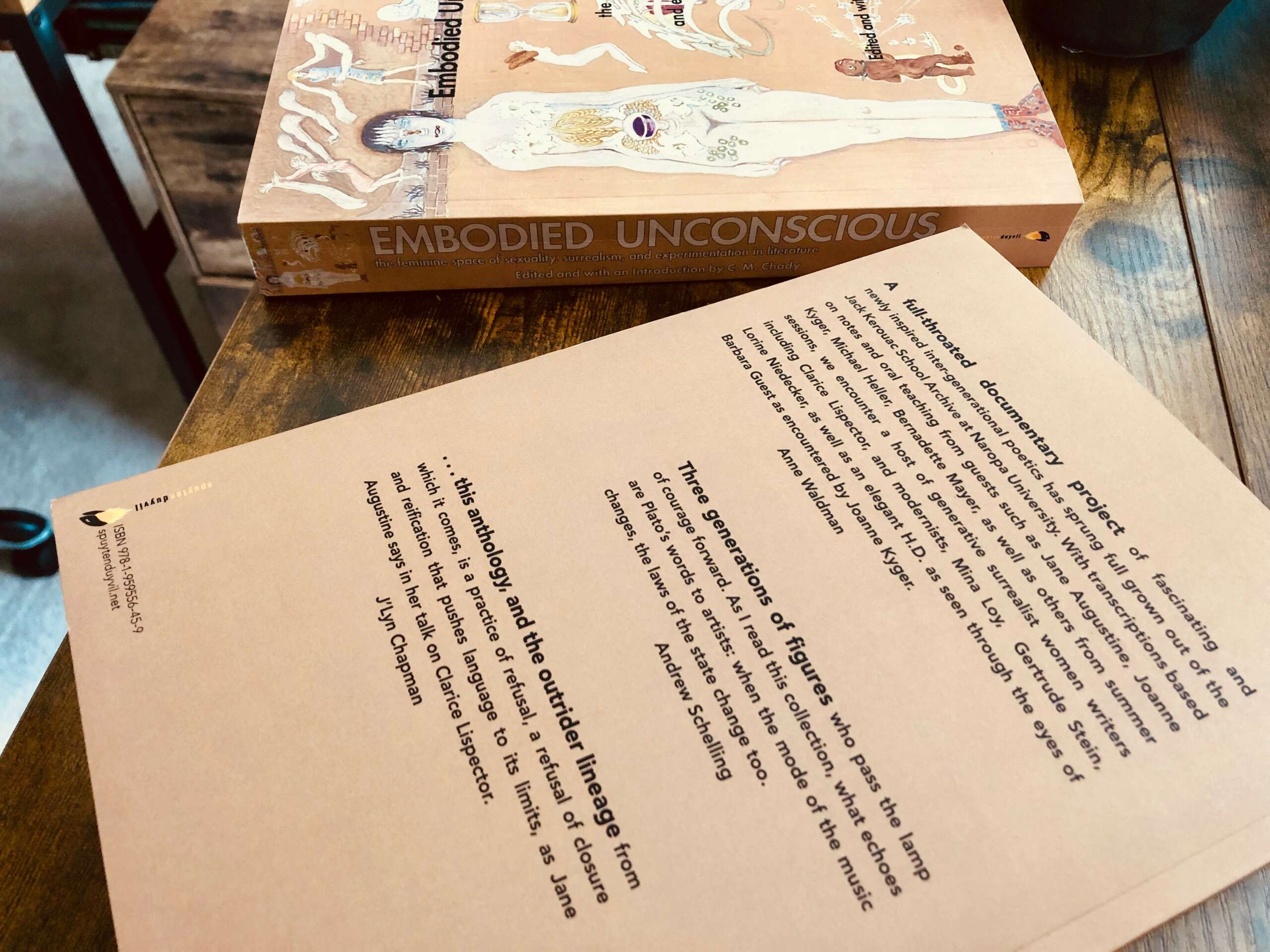
How can we best help foster a strong, supportive environment for artists and creatives?
I think about this question a lot, especially in the modern era where we are so used to getting anything we want instantly at our fingertips. It’s so easy to narrow our focus, but what artists and creatives offer us is something that can’t be replaced. Everything they do springs from the human imagination. They’ve crafted something from years of practice that arrives in the world. That final product, or the stages along the way, takes the time it takes. I think spurring a deeper appreciation for artist and creatives’ practices enhances the work itself and fosters a more meaningful connection to their labor. It often isn’t seen since creating can be a more solitary endeavor. Finding ways to hold and admire that space for creatives in such a fast-paced world would allow more understanding and support.
From an engagement perspective, I would encourage people to see out what local creatives and artists are doing. Go to local galleries or art fairs. Shop at local stores. Purchase that book by a new local writer. Follow local artists and organizations on social media. Take a chance and attend some of the events that seem intriguing, even if (perhaps especially if!) it’s something you’re not as familiar with. People are out there doing some really fabulous things, and art can be such a welcoming space. It can connect people and inspire new ideas and ways of thinking. I think that realizing and appreciating that artists have something to say in order to help us see our world in novel ways is particularly important. People often forget or underestimate the power of art and language.
The wonderful thing nowadays is also how easy it is to connect with people outside of your immediate geographic location. At our Tiny Spoon workshops, we have people tune in from all around the world! Expand your horizons–check out what creatives are doing through Patreon or social media platforms. Follow them if its piques your interest. Consider purchasing their products or supporting them in other ways through comments or reviews.
One challenge that many creative people might face is how to support oneself financially while also balancing an artistic practice. Art takes time. Some of the above-listed items are ways that we can start to appreciate artists while providing them with monetary support so they can keep doing what they do. Opportunities like grants or paid residencies are awesome, but rare. Investing in artists, whether telling others about an indie book you read or buying original art versus something from a chain store, are small steps to take to help more creatives. I’d love to see more funding and opportunities for artists, creatives, and writers that are more inclusive and widespread. I know so many people with such potential, but unfortunately time and money are a very real obstacle. We need more ways to provide creatives these necessities and to act as a community to create a system of admiration and support.
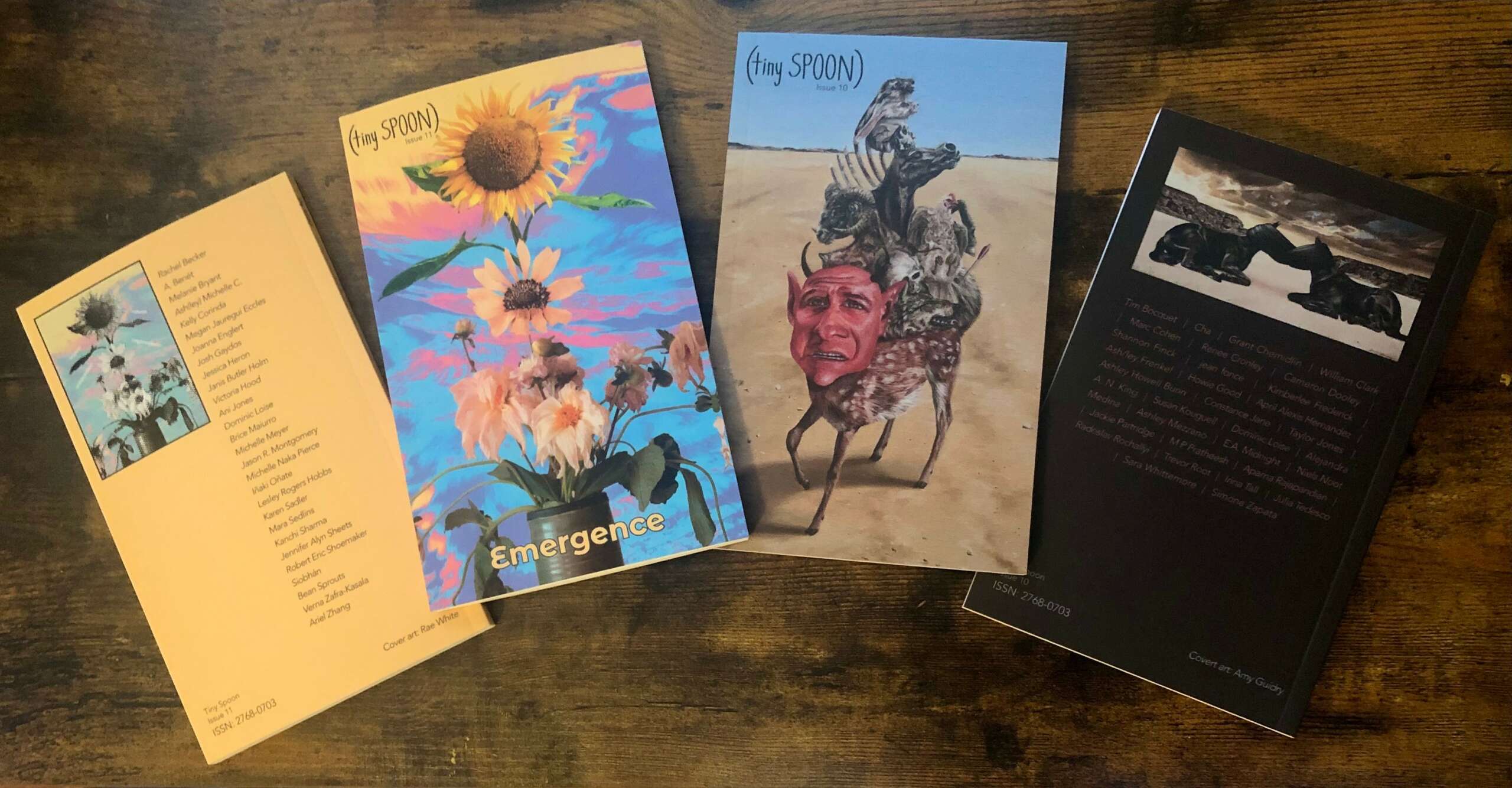
Is there mission driving your creative journey?
Art plays an important role in our society – it invites us to view things from new perspectives, to experiment to find solutions to problem, and to connect more deeply with our humanity and environment. Studying Anthropology as an undergraduate student, I was particularly interested in how we use text and image to generate a collective consciousness – to form narratives, to tell stories, to remember events, and to envision the new. Today there are many atrocities facing humanity and our environment. I’m constantly thinking about my role as a writer and editor and how I contribute. Art has the ability to be a vision, to heal, and to unite. We’re at a time where embracing its ability to do just that is vital. I seek to be a voice that inspires hope and helps people connect with humanity and the earth. Many of the themes of my writing revolve around spirituality, lineage, memory, and the environment. I feel a deep pain at our disconnect from one another and our earth. It is only fostering a world that breeds more pain. But alongside this pain, I have a lot of love. I think most people have the good of others at heart. Yet this love gets muddied with many emotions – pain, fear, anger, resentment, guilt. But we can’t let those be the driving emotions. We need to learn forgiveness and understanding with one another. We need to soften and be gentle when others are offering parts of themselves. We need to inspire one another to share our talents and be our most compassionate selves.
As for my writing, I want people to feel their desire to reconnect with others and the earth. The majority of my writing has strong undertones of spirituality, because I think the realization that we are a part of interconnected systems, both physical and spiritual, calms the ego and fosters a deeper appreciation of self and the world. It’s a similar feeling to when you look up at a starry night sky away from light pollution and feel humility and awe – the universe is vast, and as much as we are a part of it, it is a part of us. I hope in my writing I can conger these kinds of emotions in others and that they might inspire us for more thoughtful, sustainable ways of living.
Contact Info:
- Website: https://cmchady.com/, https://tinyspoon.org/
- Instagram: @c.m.chady, @tinyspoonlitmag
- Youtube: https://www.youtube.com/channel/UCofkV7y8VWC2CzD_tldnH2Q or @tinyspoonlitmag1895
- Other: Embodied Unconscious: https://www.spuytenduyvil.net/embodied-unconscious.html
Image Credits
Embodied Unconscious cover art: “Surreal Scene” by Mina Loy, courtesy of Roger Conover, for the Estate of Mina Loy.” Tiny Spoon Issue 10 cover art: Amy Guidry Tiny Spoon Issue 11 Emergence cover art: Rae White


